9+ Sample Audit Incident Reports
-
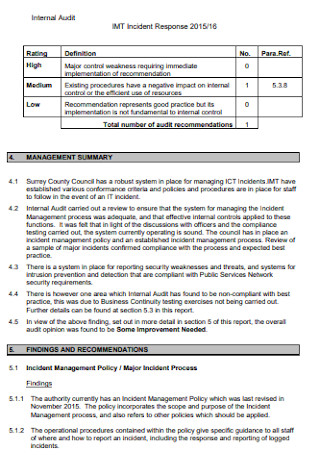
Internal Audit Incident Report
download now -
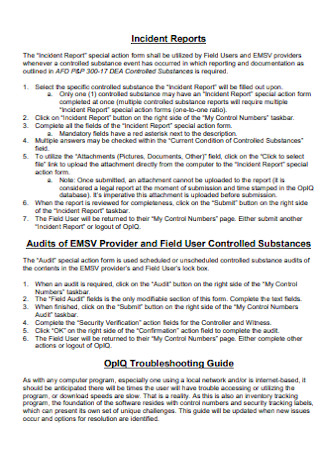
Fire Department Incident Report
download now -
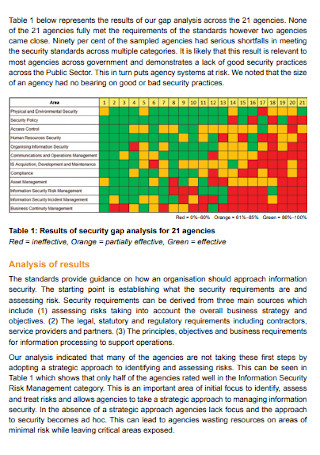
Systems Audit Incident Report
download now -
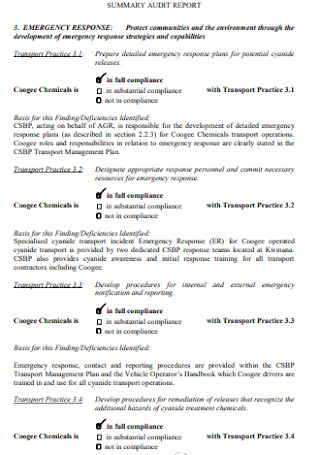
Audit Incident Report Format
download now -
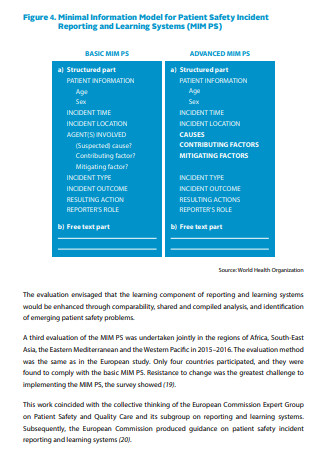
Health Organization Audit Incident Report
download now -
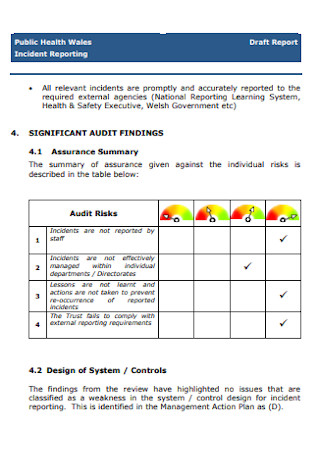
Simple Audit Incident Report
download now -

Audit Investigation Incident Report
download now -
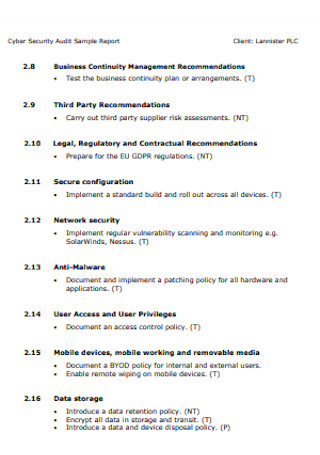
Cyber Security Audit Incident Report
download now -
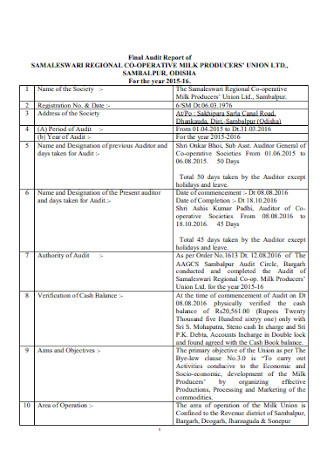
Final Audit Incident Report
download now -
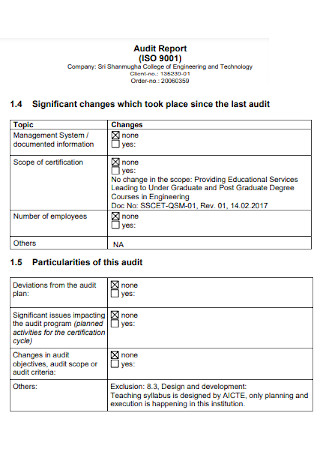
College Audit Incident Report
download now
FREE Audit Incident Report s to Download
9+ Sample Audit Incident Reports
an Incident Report?
Benefits of an Audit Incident Report
Types of Reporting Incidents
Tips on Avoiding Work Injuries
How To Report an Incident
FAQs
What information is contained in an incident report?
What is the objective of reporting incidents?
Why is it necessary to conduct investigations into incidents?
What Is an Incident Report?
Incident Reporting is the method of documenting, recording, and managing an incident, such as an injury, property damage, or security breach. It often entails completing an incident report form following an incident occurrence and subsequent incident follow-up forms such as an investigation, remedial action, hazard report, and sign-off. These follow-up forms ensure that the causes of the incident are studied to potentially reduce and avoid a recurrence of the same sort of incident. According to statistics, private industry employers reported 2.7 million nonfatal occupational injuries and illnesses in 2020, a drop of 5.7% from 2.8 million in 2019.
Benefits of an Audit Incident Report
The concept of incident reporting has existed for an extended time. Though it was implemented to increase workplace safety, there are still various reasons why employees refuse to comply. Management and frontline employees must understand why reporting an incident is critical to the organization’s security, efficiency, and overall well-being. In this part, we will examine the benefits of reporting incidents.
Types of Reporting Incidents
There are numerous occurrences that you can report while on the job. Bear in mind that these accidents should be reported immediately to limit hazards and protect personnel effectively. The four preliminary incident reports that you should include on your list are as follows:
Tips on Avoiding Work Injuries
Developing and executing accident prevention rules can help businesses avoid employee injuries, property damage, legal concerns, and lost productivity. When employees feel protected and respected, they can focus on their duties and contribute to their smooth operation. Additionally, injuries and accidents may necessitate staff absences. Assuring safe working circumstances can boost productivity and assist your organization in meeting its production targets. If you’re still interested, here are some safety guidelines for the workplace.
-
1. Establish a safety and wellness program, and require pre-employment physicals for physically demanding jobs.
Developing a comprehensive safety and health strategy is critical in reducing workplace accidents. Having a plan enables staff to comprehend what management expects. This can assist avoid confusion and potential legal complications in an accident. Additionally, many businesses require candidates for particular positions to undergo physical and mental exams before being hired. This guarantees that personnel is physically and intellectually competent to fulfill their duties in their respective roles. Pilots, for example, undergo extensive eye and hearing exams throughout the recruitment process, and truck drivers must pass monthly health screenings to continue working. Employers may require annual physicals for employees in labor-intensive positions.
2. Conduct frequent training and identify potential safety hazards
By educating team members on potential safety dangers and basic workplace procedures, employees can better understand the risks inherent in their jobs and how they can minimize their chances of being involved in an accident or injury. Conducting regular training sessions keeps staff informed of changes to safety requirements and reinforces existing regulations. Additionally, conduct a safety assessment of your organization to detect trends and potential hazards. Concentrating on the areas that are unique to your firm might assist you in tailoring your safety and wellness plan to include policies that apply to your business and its employees.
3. Provide protective equipment.
Depending on the nature of your work setting, you may be required to supply employees with personal protective equipment (PPE). Instruct new staff in the proper usage of their equipment. Consider conducting unannounced safety audits to ensure that personnel wears their protective gear appropriately. Along with personal protective equipment, you may need to supply team members with additional safety equipment for their work zones, such as traffic cones, signs, and first aid kits.
4. Address staffing requirements
You can help keep accidents from happening at work by meeting your company’s staffing needs. Having enough team members to finish tasks on time can help employees avoid burnout and overwhelm. Making sure there are sufficient people to do the job can cut down on overtime and give workers more breaks. As long as employees get enough rest and time off, they can be happier and more productive. This helps to avoid accidents.
5. Keep your work area clean and organized.
You can keep your workplace secure by keeping it clean and organized. Make cleaning procedures part of the job of everyone. Ensure no clutter, spills, or tripping hazards like loose rugs or wires in the work area. In warehouses and other places where people work, make sure there are cleaning stations all over the place so people can clean up spills quickly. There should be signs or lights that show where these stations are so that team members can find them quickly.
6. Dress for the weather and your job.
Employees should be taught how to negotiate with the unique situations of their jobs. This includes wearing the right clothes for the weather and the job you’re going to do. For example, people who work outside in a hot place should wear lightweight, breathable garments. People who work in cold areas should wear layers that keep them warm. Workers need clothes that can move with them to bend, crawl, and reach work quickly.
7. Perform regular checks and hire a safety officer.
To maintain the safety of your workplace, conduct frequent inspections to identify potential dangers and ensure that staff adheres to all safety standards. Maintain a log of safety breaches or concerns so that you can adjust your company’s safety and wellness plan as necessary. Additionally, it is critical to immediately address safety concerns with employees and explain the policies’ rationale. Keeping track of occurrences enables you to identify recurring problems with personnel that may necessitate disciplinary action. Also, consider hiring a safety officer to assist your organization in maintaining a continuous focus on safety and accident prevention. A safety officer is in charge of risk assessment, formulating a safety strategy, implementing safety procedures, and enforcing policies. Additionally, they help ensure that your business complies with all applicable state and federal safety requirements for your industry.
How To Report an Incident
So you’ve been involved in an incident at work? While the initial reaction is frequently panic, an incident reporting system and response strategy can help alleviate that sense of tension. There are a few actions that you must take to ensure that the incident is reported promptly and accurately, yet a surprising number of organizations get this wrong. Finally, correctly writing an occurrence can differ between committing a significant legal error and handling oneself properly. You must understand how to handle an event at work and educate your staff on responding appropriately. To assist you, we’ve created a step-by-step approach to incident reporting that will help you stay on track the next time something occurs on-site.
-
1. Consider taking action.
People’s instinct is to panic as soon as an incident occurs. It can assist in having designated team members who assume responsibility for acting in an emergency to calm this response. This activity could be anything required to minimize harm, such as calling for help, seeking medical attention, or limiting spills or leaks to the greatest extent possible. Whatever the issue, it is critical that proper action be taken as soon as possible.
2. Notify the authorities of the incident
The next step is likely the most critical and ‘official’ of all the phases since it ensures that the incident is reported to the immediate manager and appropriate authorities. You must ensure that it is disclosed immediately to safeguard individuals from subsequent damage. An incident report will undoubtedly include a notification to the proper authorities to comply with statutory requirements.
3. Ascertain the security of event documents
Once you’ve reported the occurrence most effectively and legally possible, the next step is to safeguard the papers. This is where an incident reporting system comes in handy, as it allows for the storage and management of all incident-related records. Instead of the traditional paper-based safety statement that many firms continue to employ, all papers should be housed in a secure, centralized repository. Paper-based reporting methods can create administrative headaches for medium-sized firms and make incident reporting impossible. With a paper-based system, employees are responsible for doing this task, and any gap could result in substantial penalties or legal wrongdoing.
4. Determine the underlying reasons
After considering preventive and how to more effectively report and manage problems in the short term, it is critical that your organization examines the core reasons and conducts an investigation. The purpose of root cause analysis is to discover any underlying issues that may result in future problems.
5. Create corrective measures
There are two types of incident reporting: trailing actions and leading actions. The term “lagging actions” refers to instances where an event occurs and the response is delayed, whereas “leading actions” ensure that you are one step ahead of the following incident when it happens. Corrective actions examine what could have been done better to avoid and defend against the following incident. Leading indications are more akin to seeing out the windshield and assessing potential difficulties. Certain companies see near-misses as leading indicators, even though they occurred but did not result in actual harm or injury. Many businesses report it retrospectively and then promptly forget about it when an incident occurs. This prevents the incident from being researched and worked on to fine-tune a more effective response. Examining corrective actions that could be made to improve the prediction and prevention of these types of occurrences is a critical component of the incident reporting process.
FAQs
What information is contained in an incident report?
Include facts regarding the events leading up to the occurrence, the incident itself, and the immediate aftermath. If you are recording your opinion on what caused the incident or what you believe occurred, be sure to include the caveat that it is an assumption.
What is the objective of reporting incidents?
The objective of an incident report is to identify the root cause of the problem and recommend corrective steps that can be performed to reduce the likelihood of a repeat occurrence. Additionally, the forms can be utilized as safety documentation, highlighting potential workplace safety issues.
Why is it necessary to conduct investigations into incidents?
It can accurately depict what occurs and how work is performed. In the future, risk management will be enhanced. Assist other divisions of your organization in learning.
You may find yourself becoming absorbed in the report you’re writing, especially if you’re starting from fresh. As such, you are strongly encouraged to make available all online resources. What do you have to lose? Take use of our templates right now!
